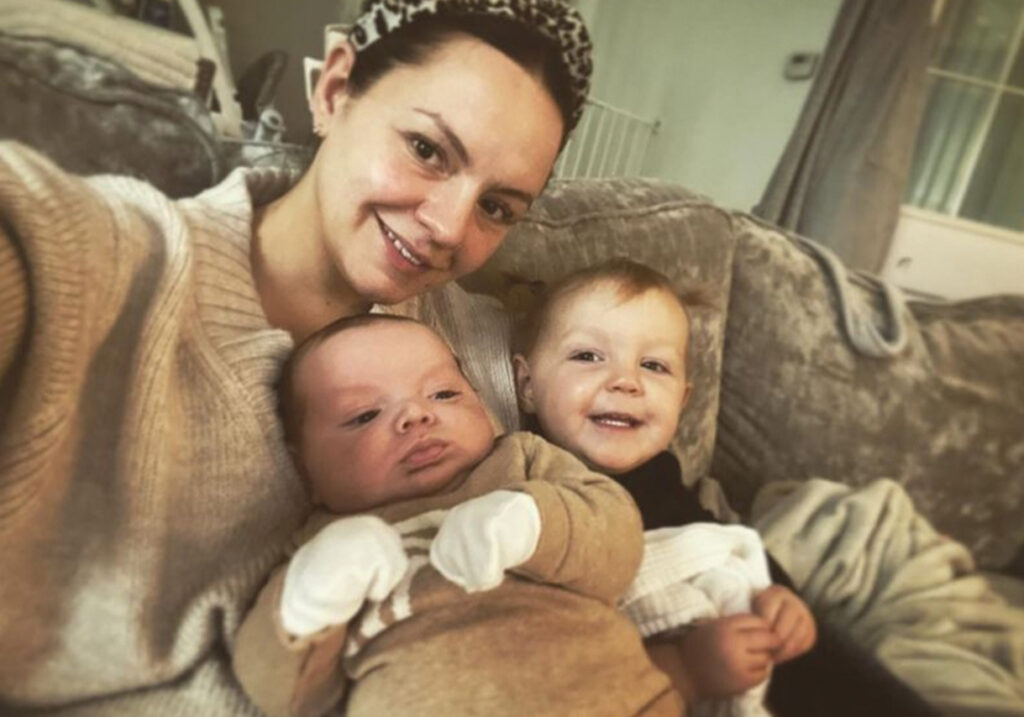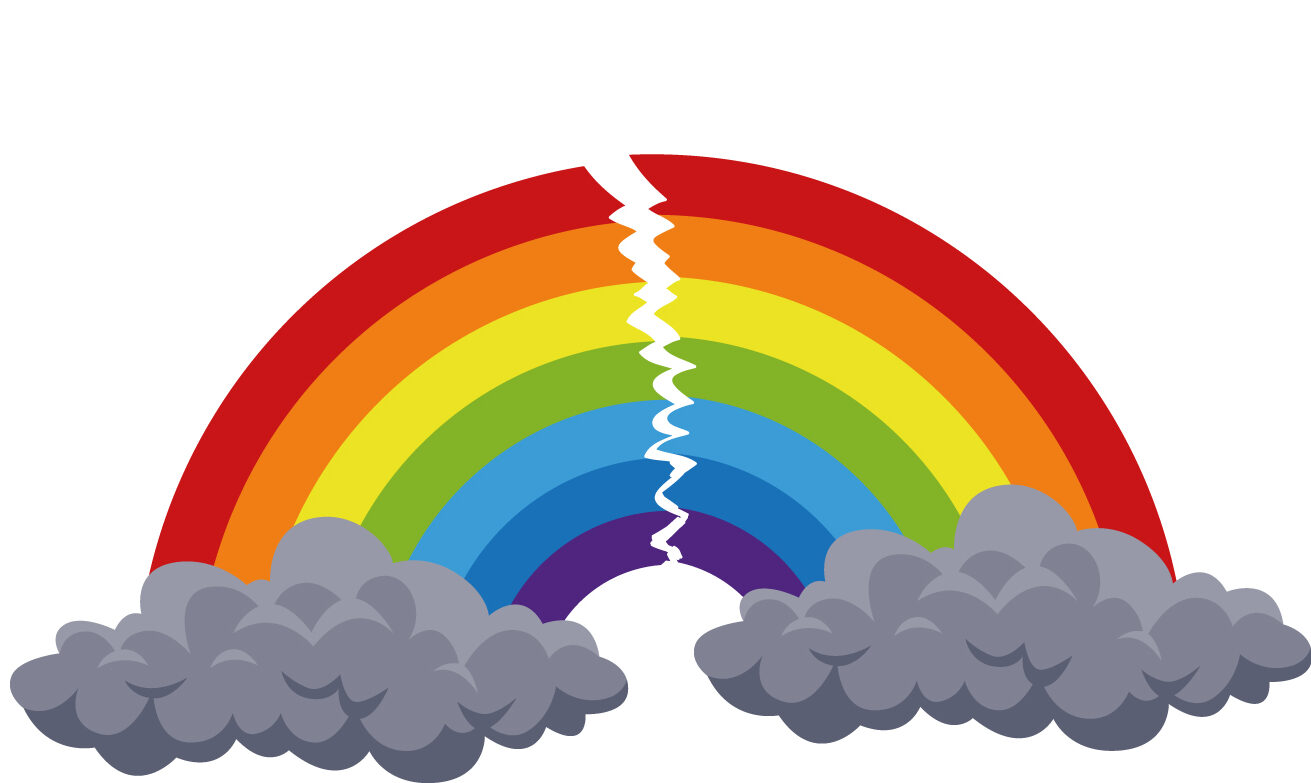Shattered hopes
Under-funding of the NHS and staff shortages are putting patients’ lives at risk, despite the best efforts of doctors and nurses
In recent months, the NHS crisis has hit a critical point. Bed and staffing shortages are rising, and A&E waits and ambulance delays are the worst they’ve ever been. In November last year, more than three times as many patients waited more than 12 hours in A&E to be admitted to a hospital department compared to 12 months earlier.
“I was just sitting there, getting stressed to death, so I made the decision to ring for a taxi and go home.”
People shouldn’t be leaving hospital with more trauma than they went in with, but more and more are finding themselves at the mercy of understaffed, underfunded emergency services when they’re at their most vulnerable.
Stephen, a retired council worker from Merseyside, had a stress-induced stroke five years ago, so when he started experiencing the same symptoms again in December last year, he called an ambulance straight away.
“The paramedics did tests on me and said it looked like I could be having a stroke, so they blue-lighted me to hospital. When we got there, they wheeled me into a bed in a side room, and about 45 minutes later someone came in to move me.”
Stephen thought he was going to be assessed, but staff needed the room he had been waiting in, so they took him to the main A&E waiting room, where he guesses there were about 100 people waiting.
“It was like The Walking Dead in there,” he says. “There were a lot of people crying in pain. I was getting more stressed, so after about two hours, I asked the receptionist for a timescale. She said it would be another eight hours, so I’d be waiting until 10am.
“I was just sitting there, getting stressed to death, so I made the decision to ring for a taxi and go home, take a few paracetamol and go to bed. I knew it wasn’t a bright move, but it was the most stressful place, it was horrendous. I just couldn’t stay there any longer.”
While maternity and emergency services seem to have faced the brunt of the myriad issues putting pressure on the NHS at the moment, people with longer-term conditions are also facing the effects of the crisis. Once admitted, patients are waiting longer for procedures – a record seven million people were on NHS waiting lists in October 2022.
“We’re seeing cancelled procedures that should have happened, suspected cancer pathways not being treated within two weeks, and people being turned away where there’s a lack of specialist medical staff,” says Helen Moulinos, chief executive of NHS users advocacy organisation POhWER.
“We’re also seeing a huge rise of unsafe discharges from mental health units, and a lot of people at risk of suicide being released without adequate care or safeguarding. It’s really scary.”
John*, from Yorkshire, was diagnosed with bladder cancer in December 2019. He was put on a course of infusions, and when they made him unwell, he underwent more tests in hospital, and another tumour was found near his jaw, which was later found to be benign.
During a check-up almost three years later, the specialist found that he needed another operation on his jaw, and said to him, “You’ve fallen through the cracks – you should’ve come last year,” John says.
“He kept apologising. But what he said didn’t surprise me. Nothing surprises me anymore. I just get frustrated.”
One of the worst hit areas within the NHS is maternity services, with more than half of maternity units in England failing to consistently meet safety standards.
When Laylah Russell, a 31-year-old flight attendant from the North East, started experiencing worrying symptoms at the end of her pregnancy in September last year, she was repeatedly sent back home from her local maternity services.
“I was in constant pain, losing blood, and wasn’t feeling my baby move as much as usual, and my bump went a really strange shape. But no one checked me or gave me a scan. I went back every day and told them I was still losing blood, but they just said I was in slow labour. They just wanted me out the door,” she says.

Russell was scheduled in for a C-section for this pregnancy, after her first labour in 2021 left her with post-traumatic stress disorder.
During her first pregnancy, Russell developed pre-eclampsia, a life-threatening condition that raises the mother’s blood pressure. She was hospitalised, and given drugs to induce her labour early. During her induction, Russell’s epidural failed to work, but she says the midwife didn’t believe her.
Russell became so exhausted that she was eventually taken into theatre, where doctors tried three times to get her baby out with forceps before performing a C-section.
“My daughter came out black and blue, and they tried sending me home 12 hours later without checking me. I was later told that the midwife I’d had was a junior midwife with little training, and wasn’t meant to be left on her own.”
Russell’s medical history would suggest that staff might be more vigilant the second time around, but she was turned away from maternity services, despite her symptoms, and left to wait for her planned C-section.
After the birth, Russell learnt that her uterus had ruptured and the baby had ended up in her abdomen. If she’d gone into labour naturally while waiting for her C-section, Russell says she was told there was a one in 3,000 chance that her and her baby would have both survived.
“This could’ve been found just with a scan,” she says. “Now, I’ve been told I can’t have any more children. I’m terrified to have sex. If they’d have just done that scan, or been more careful the first time around and avoided all the damage to my uterus – my partner and I have a lot of relationship issues now.”
Russell was supposed to receive counselling during her second pregnancy for her PTSD, and to avoid developing post-natal depression for a second time, but she was on the waiting list until after her second baby was born.
“A midwife came to visit me after the near-death experience. I couldn’t sleep and had visions of choking to death. She said if I didn’t sleep that night, she’d have to give me sleeping tablets. I slept that night, and never saw her again.”
With a midwife shortage showing no signs of recovering any time soon, more and more patients have been approaching Stephanie Prior, partner at Osbornes Law, for help over the last few years. This includes the parents of babies who’ve been severely brain damaged or died at birth.
“There are a lot of reasons why stillbirths happen, but in many cases, women aren’t properly looked after or monitored. There’s a trend in maternity units being understaffed, and the staff morale is so low. They’re completely overworked, and the stress is unbelievable,” she says.
While the pandemic has exacerbated these issues, staff shortages on maternity wards have been an ongoing issue for years.
Nimra Ejaz, who also lives in the North East, was overdue when she went into hospital in September 2019 to be induced. Without half an hour of starting the induction, her contractions started. The nurses told her they were very understaffed, and, without examining her, told her that the pain she was in was only the start of her labour.
After a while, Ejaz says, she couldn’t take the pain anymore, and her mother-in-law went to ask for help, but no one came. Within half an hour, she was feeling urges to push.
When a midwife eventually examined Ejaz, she was actually 9cm dilated, she says, and was rushed into a birthing room that had only just been occupied and hadn’t been cleaned since the last woman in there gave birth.
Ejaz took a few breaths of gas and air, and pushed the baby out. She got a third degree tear, which can happen when people push too quickly. In hindsight, Ejaz wonders whether she could have avoided the injury if she was properly coached through the birth by the midwife.
She was rushed to theatre, where she was operated on for a few hours, and was later told that, if she has another baby she’ll have to have a C-section because she’d risk a fourth degree tear.
“It was so bad, especially when the midwife kept telling me that the pain I was in was only the start of my labour,” Ejaz says. “I can still hear that now.”
While some of the fallout of the NHS crisis comes from neglectful staff, few patients blame any individual healthcare workers, who, Moulinos says, are also traumatised.
“Covid-19 was unprecedented for the NHS, and we can’t underestimate the trauma and burnout experienced by NHS staff. Workers are also victims of wider systemic lack of resources,” she says.
Staff shortages are caused by underfunding the NHS and supporting services, including social care but also Brexit, Moulinos says, by reducing the UK’s ability to hire and retain workers from the continent.
“The short-term solution could be to loosen immigration or introduce an emergency act to fast-track a programme for medical staff from abroad. An organisation that employs so many people isn’t going to be able to sustain itself just from homegrown talent, and we need younger people to pursue medical training.”

Leave a reply
Your email address will not be published.